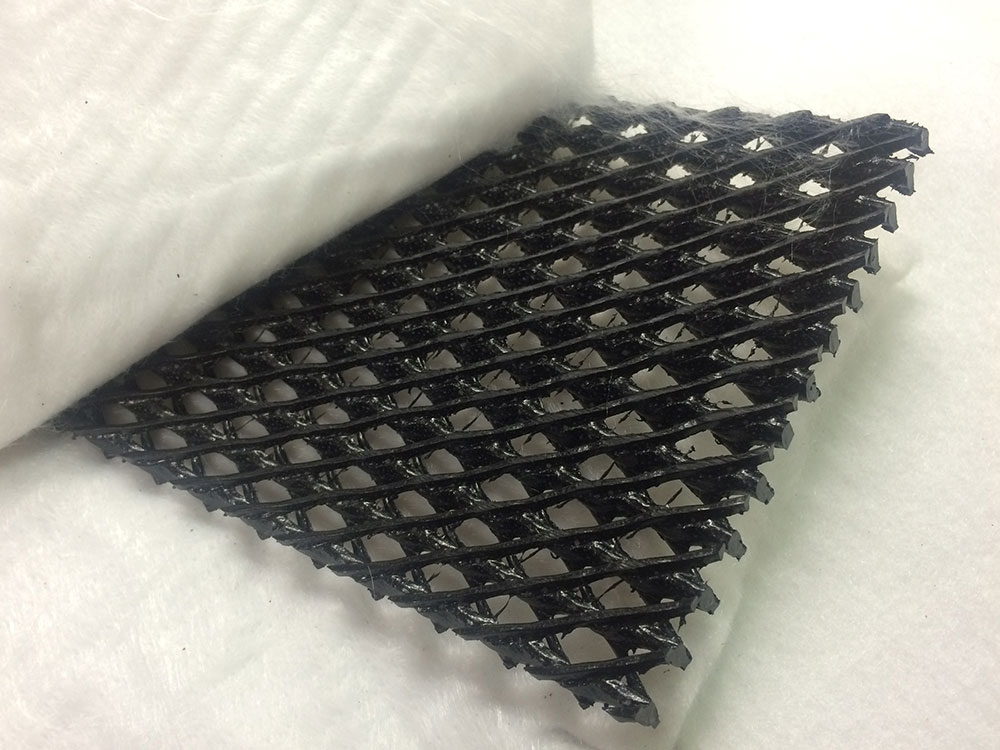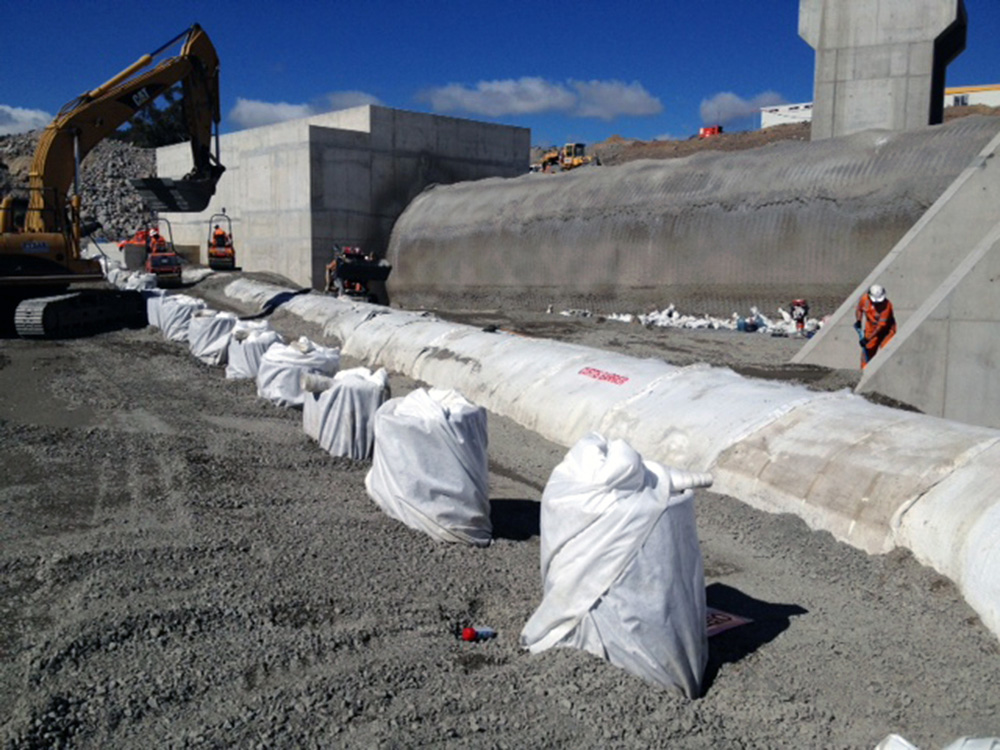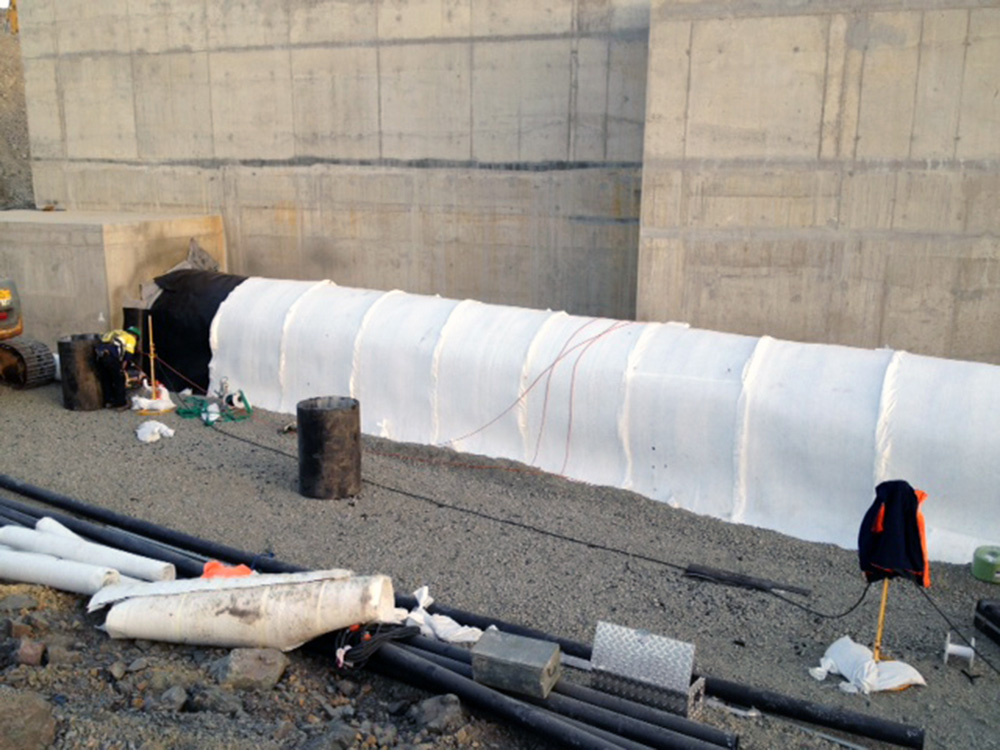Products and Materials
HDPE
High Density Polyethylene Liners are available in thicknesses from 0.5 mm to 3.0mm and are produced with either smooth or textured surfaces.
HDPE geomembranes are manufactured to meet and exceed the GRI GM13 specification.
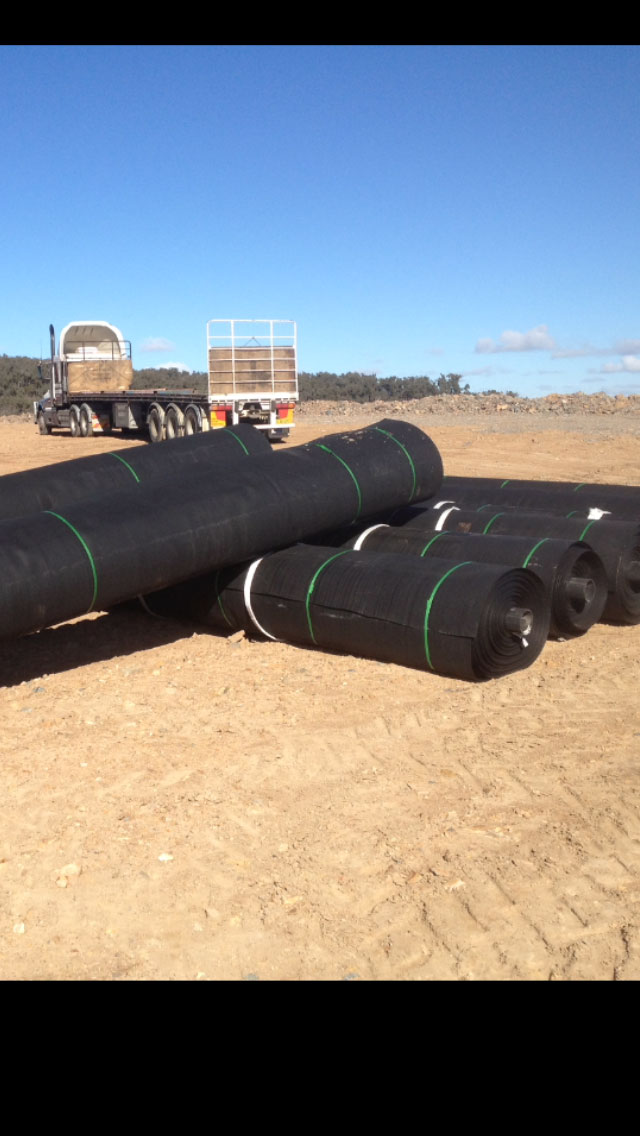
Conductive HDPE Liner
Conductive HDPE liner is a 100% spark-testable, premium grade, high density polyethylene (HDPE) geomembrane liner specially formulated using polyethylene resins and is a coextruded product. The lower surface of Conductive HDPE is a thin layer of polyethylene containing electrically conductive carbon black. This allows for the easy and efficient spark testing of the material to detect post installation damage and to locate potential leaks. This material is commonly used in critical applications such as hazardous waste installations, primary and secondary tank lining and other applications where absolute containment and the capacity for post installation inspection is critical.
LLDPE
Linear Low Density Polyethylene Liners are manufactured with high quality resins specifically formulated for flexible geomembranes. LLDPE geomembranes are used for applications where increased flexibility and elongation of materials are required. LLDPE geomembranes are available in thicknesses from 0.5mm to 3.0mm and are produced with either smooth or textured surfaces. Common applications for LLDPE geomembranes include landfill capping and other applications where settlement of the ground profile beneath the lining system is expected. LLDPE geomembranes are manufactured to meet and exceed the GRI GM 17 specification.
GCL
A geosynthetic clay liner (GCL) is a woven fabric-like material, primarily used for the lining of landfills. GCL incorporates a bentonite or other clay, which has a very low hydraulic conductivity. The resulting lower permeability slows the rate of seepage out of the landfill. The GCL has the ability to self seal, self heal if damaged.
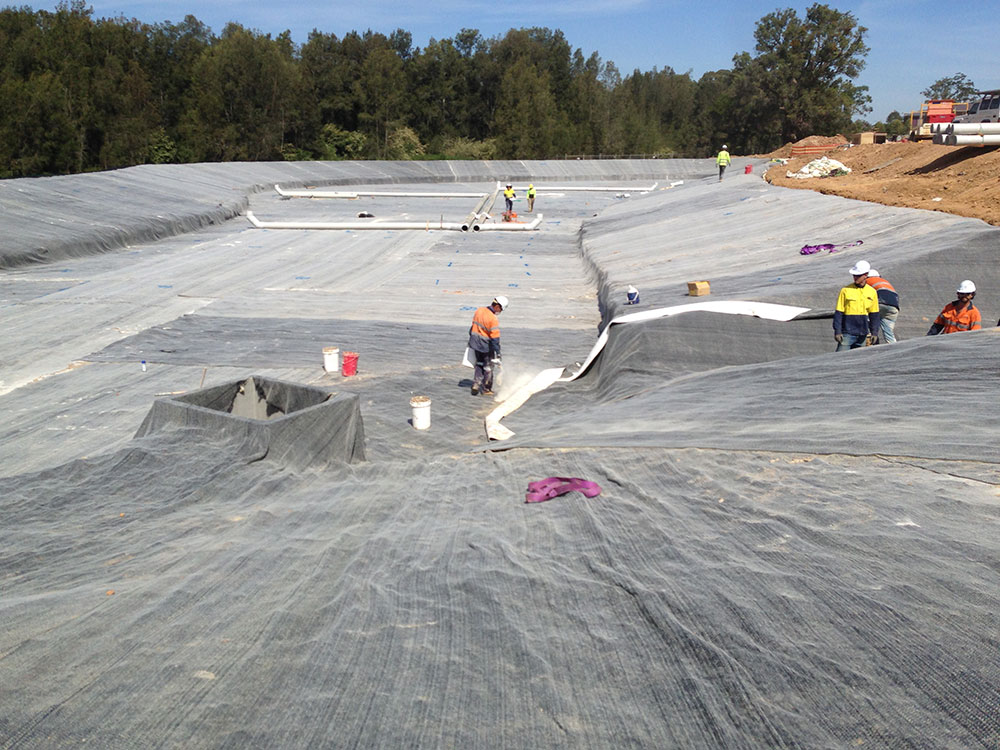
Geotextiles
Geotextiles are permeable fabrics which, when used in association with soil, have the ability to separate, filter, reinforce, protect, or drain. Typically made from polypropylene or polyester, geotextile fabrics come in three basic forms: woven, needle punched, or heat bonded.
Geogrid
A geogrid is geosynthetic material used to reinforce soils and similar materials. Geogrids are commonly used to reinforce retaining walls, as well as sub-bases or subsoils below roads or structures. Soils pull apart under tension. Compared to soil, geogrids are strong in tension. This fact allows them to transfer forces to a larger area of soil than would otherwise be the case.
Geogrids are commonly made polymer materials, such as polyester, polyethylene or polypropylene. They may be woven or knitted from yarns, heat-welded from strips of material, or produced by punching a regular pattern of holes in sheets of material, then stretched into a grid.
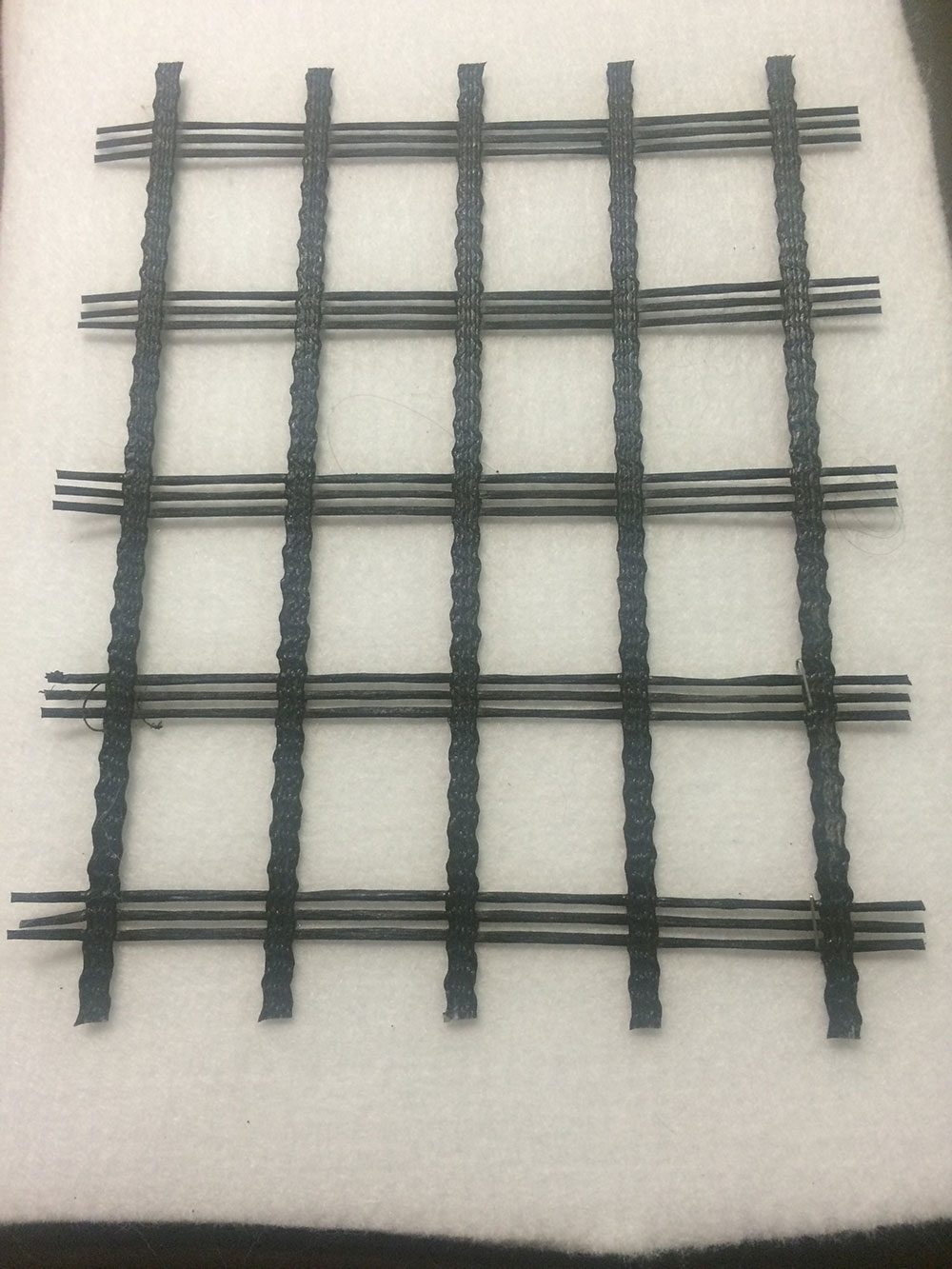
E-Lock
Extruded HDPE embedment strip cast into concrete for geomembrane attachment to concrete structures. E - Lock is a durable HDPE profile that can be cast-in-place or inserted into wet concrete, leaving welding surface exposed upon completion of concrete preparation.
HDPE Pipe Supply & Installation
Curtis Barrier can supply and install HDPE drainage systems, solutions for wastewater and leachates. Offering chemical resistance, high flexibility & impact resistance. Curtis Barrier offers supply and installation of HDPE pipes
CB-Stone Mat Erosion Control.
CB-STONEMAT (FINE) is a heavy weight, geocomposite material comprising of a base, three dimensional, reinforced, ultra- high tensile fabric, layered and bound with basalt stone chips coated in bitumen.
CB-STONEMAT weighs 20kgs per m2 and is supplied in 5.0 metre wide x 20metre rolls.
CB-STONEMAT provides a uniform, dense ballast layer to minimize soil erosion on slopes. CB-STONEMAT can be installed over prepared subgrades and over HDPE liner without the high risk of damage. CB-STONEMAT can be installed on lined slopes to ballast and protect the HDPE liner and provide a moderately trafficable surface to enter and exit the lined slippery pond. Installing CB-STONEMAT is simplistic and faster than conventional ballasting sand layers
CB-STONEMAT is available in 1000 Micron and 225 Micron pore size.
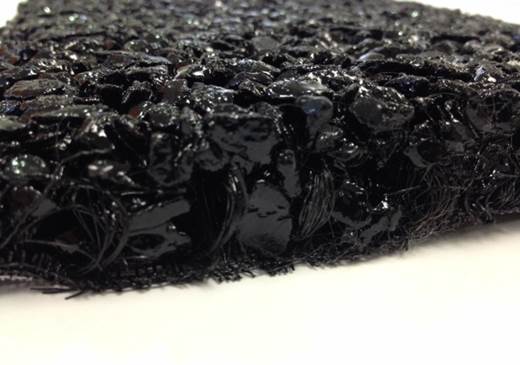
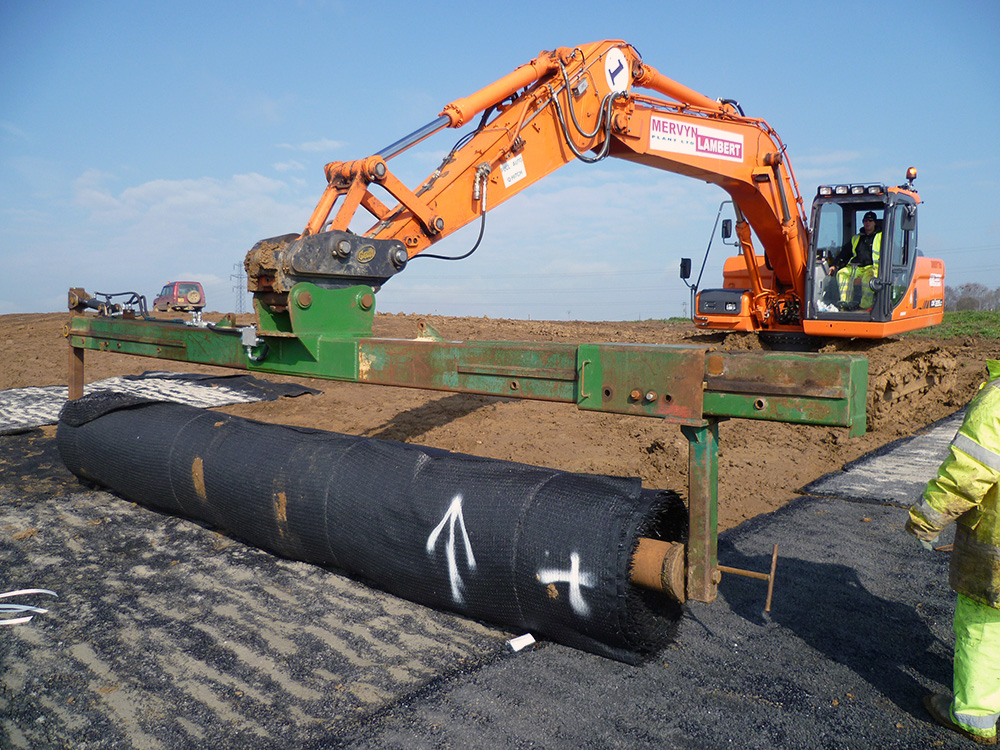
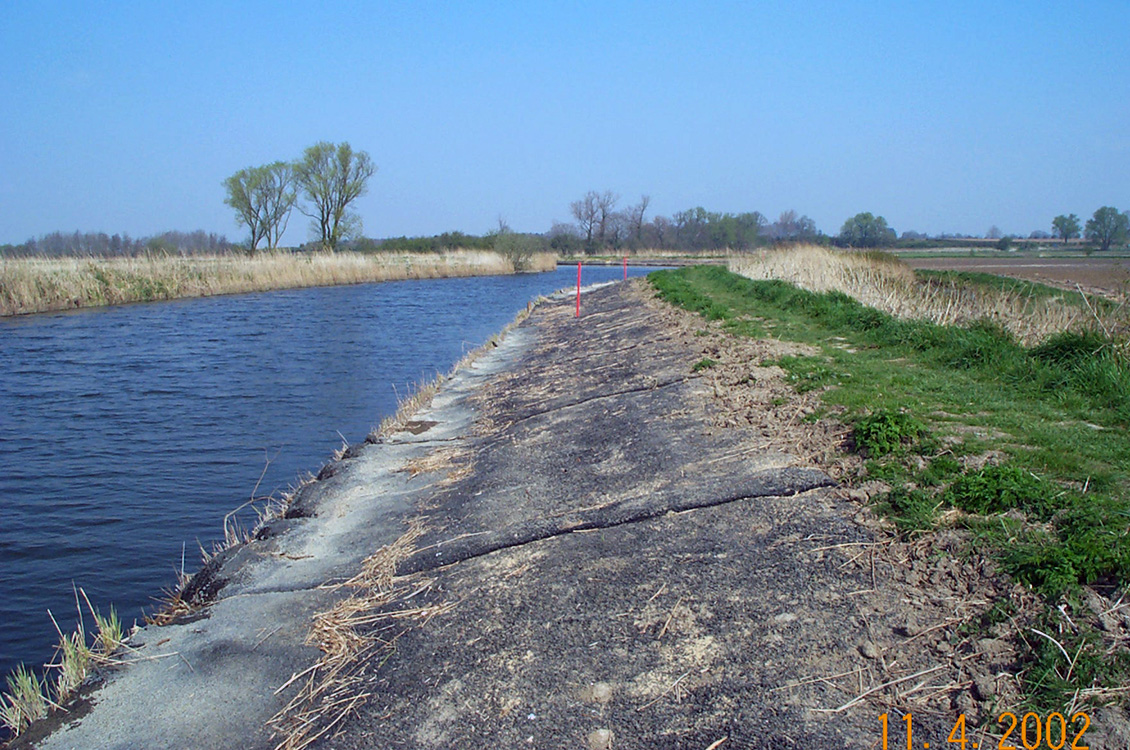

Geonets
Hi Flow triplanar drainage blanket. It utilizes a tri planar structure with rigid vertical ribs. These ribs significantly increase the tensile strength and compressive resistance of the Geonet. These ribs are also supported by structural planar ribs that reduce intrusion into the high flow drainage core. This structure provides for high flow rates for the life of a drainage structure, not short term. Therefore CB-GEONET are triplanar geocomposites, engineered for long term drainage in waste containment application characterized by the following features:
- Ability of the drainage structure to maintain high long term in-plane flow
- Ability of the drainage structure to withstand long term compressive loads
- Ability of the drainage structure to provide adequate shear stability
